#variable geometry
Explore tagged Tumblr posts
Text

Vortex-inducing air-brake
460 notes
·
View notes
Text
retractible wings / variable geometric wings
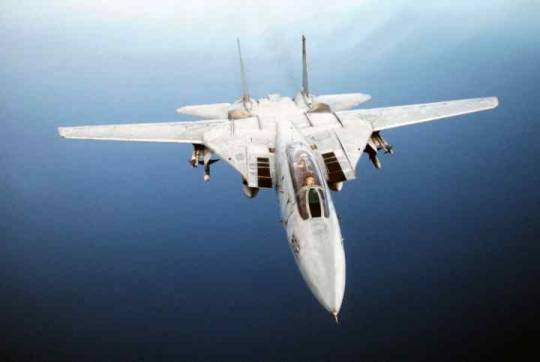
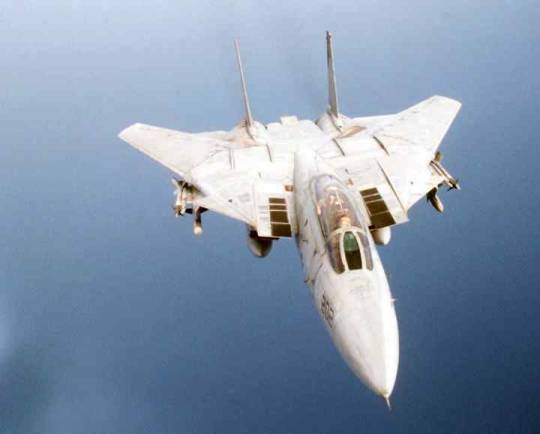
308 notes
·
View notes
Note
I've noticed that Joseph's empathy and compassion for others is all or nothing. Like one moment he's gouging some guy's eyes out and having no reaction to Joey being tortured, then the next he's begging the deputy to let him save them even after they killed his whole family.
I know! To me, people who describe Joseph as a cruel “psychopath” incapable of compassion are wrong. In fact, Greg Bryk explained he thought there was “a wonderful empathy about him” and it’s something he must have kept in mind while playing the character.
He also said the Father was “dangerous in the depth of his love, and his commitment to an idea and to his truth” because this, to him, “matters more than anything... or anybody”, and I think it summarizes Joseph perfectly. He’s very much capable of love, but his faith in the Voice and his mission is so strong that, if somebody is suffering or even dying right in front of him but he believes it’s for the “right” reasons (because the Voice said it had to happen, basically), it can sometimes look like he doesn’t care.
I’ve seen several theories regarding why “he would just stand there and watch” while Hudson and the other hostages in John’s Gate begged for mercy, ranging from “he gets a kick out of seeing people being tortured” (which I disagree with) to “he wanted to face up to what his little brother was capable of” (which is much more original and interesting), but my personal interpretation to his apparent emotionlessness is that, while he acknowledges their pain and hears their cries, he believes what they are going through is necessary. It’s like when he visits the Deputy while they are in one of Jacob’s cages and tells them, “I know you’re in pain (...) but you’re not the only one to be tested”. These people asking for help don’t need to be saved; they are being saved.
The way he sees things, they are only begging because they can’t see the truth yet. But he can. He knows. He too has been chosen and tested. To him, they simply don’t understand that this is all for the greater good and their own sake. “In the end, you will thank us”, he and his followers keep saying to the people they capture. They know their pain and that it’s an unpleasant feeling, but they’re also convinced it’s temporary and “necessary training” for the Collapse, to quote The Book of Joseph.
So yeah, I see Joseph as a well-meaning and empathetic person, but his faith and perception of reality can paradoxically make him appear cold, cruel, and insensitive to other people’s pain. His intentions are pure, but sometimes, what he does or orders/allows his followers to do seems like pure evil.
He really is the personification of “the road to hell is paved with good intentions” and that’s one of the reasons I think he’s so fascinating as a character.
#what happens in the intro is still weird to me and maybe not entirely canon for various reasons#but that doesn’t change the fact his 'variable-geometry empathy' is interesting#obviously this is not to say he was right for doing what he did (or not doing what he should have done)#but it’s the reasons he acted the way he did that I find compelling#the paradox is incredible#far cry 5#joseph seed
79 notes
·
View notes
Text
im not good with math once it starts getting too theoretical. i need math that I can cradle in my arms.
#also extremely bad at geometry if I cant sketch it out#well 2D i can do okay as long as it's not a circle or the math is simple#other shit i cannot picture in my head and therefore can't fundamentally understand what im doing to it#god when the cookie clicker wiki was missing an explanation of variables to create a summation to determine sequential building costs#did not have a good time working it out myself. but I did work it out myself
8 notes
·
View notes
Text
Sienar Fleet Systems/Cygnus Spaceworks Shuttlecraft and Gunships
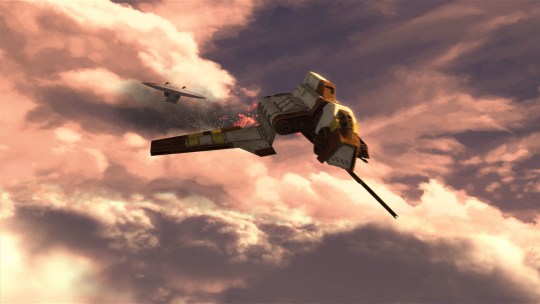

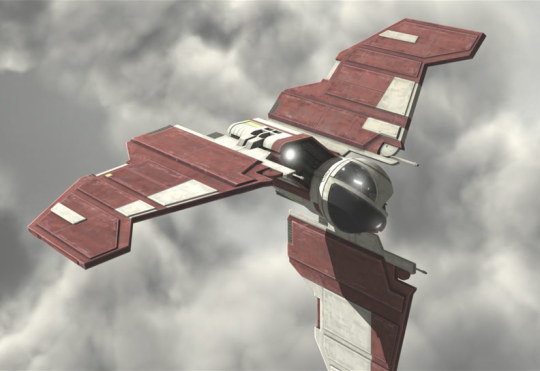
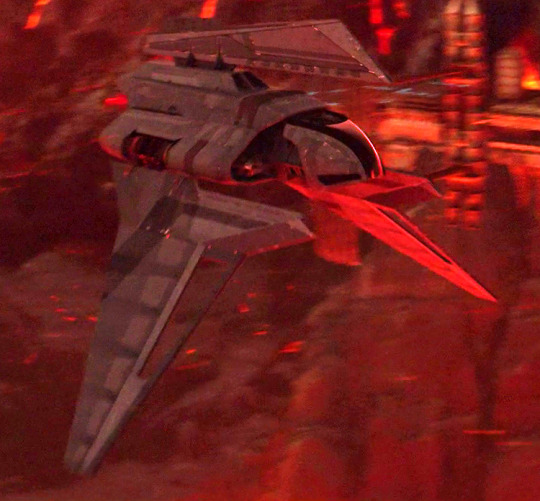


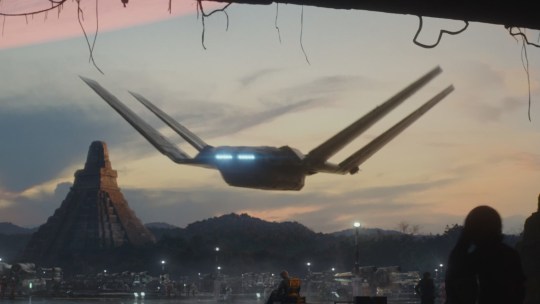
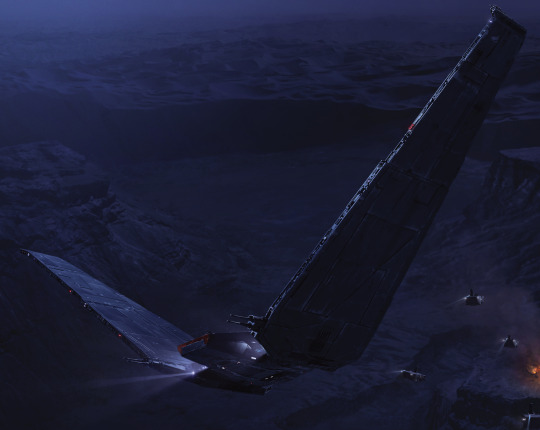

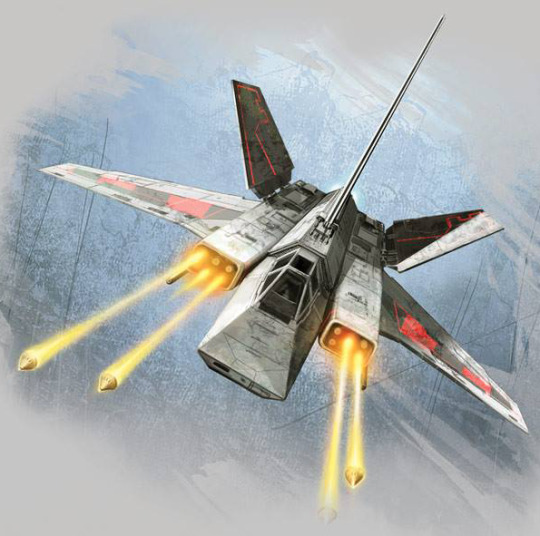
#star wars#space shuttle#shuttle#shuttlecraft#cargo plane#transport#passenger plane#variable geometry wings
3 notes
·
View notes
Text

Mike Luckovich ::
* * * *
LETTERS FROM AN AMERICAN
February 10, 2024
HEATHER COX RICHARDSON
FEB 11, 2024
A key story that got missed yesterday was that the Senate voted 64–19 to allow a bill that includes $95.34 billion in aid for Ukraine, Israel, and Taiwan to advance a step forward. In terms of domestic politics, this appears to be an attempt by those who controlled the Republican Party before Trump to push back against Trump and the MAGA Republicans.
MAGA lawmakers had demanded border security measures be added to a national security supplemental bill that provided this international aid, as well as humanitarian aid to Gaza, but to their apparent surprise, a bipartisan group of lawmakers actually hammered out that border piece. Trump immediately demanded an end to the bill and MAGA obliged on Wednesday, forcing the rest of the party to join them in killing the national security supplemental bill. House Republicans then promptly tried to pass a measure that provided funding for Israel alone.
At stake behind this fight is not only control of the Republican Party, but also the role of the U.S. in the world—and, for that matter, its standing. And much of that fight comes down to Ukraine’s attempt to resist Russia’s invasions of 2014 and 2022.
Russian president Vladimir Putin is intent on dismantling the rules-based international order of norms and values developed after World War II. Under this system, international organizations such as the United Nations provide places to resolve international disputes, prevent territorial wars, and end no-holds-barred slaughter through a series of agreements, including the United Nations Charter, the Universal Declaration of Human Rights, the U.N. Genocide Convention, and the Geneva Conventions on the laws of war.
Putin’s invasion of Ukraine, deliberate targeting of civilian populations, and war crimes are his way of thumbing his nose at the established order and demanding a different one, in which men like him dominate the globe.
Trump’s ties to Russia are deep and well documented, including by the Senate Intelligence Committee, which was dominated by Republicans when it concluded that Trump’s 2016 campaign team had worked with Russian operatives. In November 2022, in the New York Times Magazine, Jim Rutenberg pulled together testimony given both to Special Counsel Robert Mueller’s investigation and the Senate Intelligence Committee, transcripts from the impeachment hearings, and recent memoirs.
Rutenberg showed that in 2016, Russian operatives had presented to Trump advisor and later campaign manager Paul Manafort a plan “for the creation of an autonomous republic in Ukraine’s east, giving Putin effective control of the country’s industrial heartland, where Kremlin-armed, -funded, and -directed ‘separatists’ were waging a two-year-old shadow war that had left nearly 10,000 dead.”
But they were concerned that the North Atlantic Treaty Organization (NATO) might stand in their way. Formed in 1947 to stand against Soviet expansion and now standing against Russian aggression, NATO is a collective security alliance of 31 states that have agreed to consider an attack on any member to be an attack on all.
In exchange for weakening NATO, undermining the U.S. stance in favor of Ukraine in its attempt to throw off the Russians who had invaded in 2014, and removing U.S. sanctions from Russian entities, Russian operatives were willing to put their finger on the scales to help Trump win the White House.
When he was in office, Trump did, in fact, try to weaken NATO—as well as other international organizations like the World Health Organization—and promised he would pull the U.S. out of NATO in a second term, effectively killing it. Rutenberg noted that Russia’s February 2022 invasion of Ukraine looks a lot like an attempt to achieve the plan it suggested in 2016. But because there was a different president in the U.S., that invasion did not yield the results Putin expected.
President Joe Biden stepped into office more knowledgeable on foreign affairs than any president since Dwight Eisenhower, who took office in 1953. Biden recognized that democracy was on the ropes around the globe as authoritarian leaders set out to dismantle the rules-based international order. He also knew that the greatest strength of the U.S. is its alliances. In the months after he took office, Biden focused on shoring up NATO, with the result that when Russia invaded Ukraine again in February 2022, a NATO coalition held together to support Ukraine.
By 2024, far from falling apart, NATO was stronger than ever with the addition of Finland. Sweden, too, is expected to join shortly.
But far more than simply shore up the old system, the Biden administration has built on the stability of the rules-based order to make it more democratic, encouraging more peoples, nations, and groups to participate more fully in it. In September 2023, Secretary of State Antony Blinken explained to an audience at the Johns Hopkins School of Advanced International Studies that the end of the Cold War made people think that the world would inevitably become more peaceful and stable as countries cooperated and emphasized democracy and human rights.
But now, Blinken said, that era is over. After decades of relative stability, authoritarian powers have risen to challenge the rules-based international order, throwing away the ideas of national sovereignty and human rights. As wealth becomes more and more concentrated, people are losing faith in that international order as well as in democracy itself. In a world increasingly under pressure from authoritarians who are trying to enrich themselves and stay in power, he said, the administration is trying to defend fair competition, international law, and human rights.
Historically, though, the U.S. drive to spread democracy has often failed to rise above the old system of colonialism, with the U.S. and other western countries dictating to less prosperous countries. The administration has tried to avoid this trap by advancing a new form of international cooperation that creates partnerships and alignments of interested countries to solve discrete issues. These interest-based alignments, which administration officials refer to as “diplomatic variable geometry,” promise to preserve U.S. global influence and perhaps an international rules-based order but will also mean alliances with nations whose own interests align with those of the U.S. only on certain issues.
In the past three years, the U.S. has created a new security partnership with Australia and the United Kingdom, known as AUKUS, and held a historic, first-ever trilateral leaders’ summit at Camp David with Japan and the Republic of Korea. It has built new partnerships with nations in the Indo-Pacific region, as well as with Latin American and Caribbean countries, to address issues of immigration; two days ago the Trilateral Fentanyl Committee met for the fourth time in Mexico. This new system includes a wider range of voices at the table—backing the membership of the African Union in the Group of 20 (G20) economic forum, for example—advancing a form of cooperation in which every international problem is addressed by a group of partner nations that have a stake in the outcome.
At the same time, the U.S. recognizes that wealthier countries need to step up to help poorer countries develop their own economies rather than mine them for resources. Together with G7 partners, the U.S. has committed to deliver $600 billion in new investments to develop infrastructure across the globe—for example, creating a band of development across Africa.
Biden’s is a bold new approach to global affairs, based on national rights to self-determination and working finally to bring an end to colonialism.
The fight over U.S. aid to Ukraine, Israel, Taiwan, and the other countries with which we have made partnerships is not about saving money—most of the funds for Ukraine are actually spent in the U.S.—or about protecting the U.S. border, as MAGA Republicans demonstrated when they killed the border security bill. It is about whether the globe will move into the 21st century, with all its threats of climate change, disease, and migration, with ways for nations to cooperate, or whether we will be at the mercy of global authoritarians.
Trump’s 2024 campaign website calls for “fundamentally reevaluating NATO’s purpose and NATO’s mission,” and in a campaign speech in South Carolina today, he made it clear what that means. Trump has long misrepresented the financial obligations of NATO countries, and today he suggested that the U.S. would not protect other NATO countries that were “delinquent” if they were attacked by Russia. “In fact,” he said, “I would encourage [Russia] to do whatever the hell they want.”
—
LETTERS FROM AN AMERICAN
HEATHER COX RICHARDSON
#political cartoons#Mike Luckovich#Letters From an American#Heather Cox Richardson#history#NATO#alliances#foreign policy#AUKUS#security partnership#democracy#21st century#diplomatic variable geometry
11 notes
·
View notes
Video
youtube
Variable Geometry Turbocharger GT1544V
#youtube#☀️Variable Geometry Turbocharger GT1544V 753420 740611 for Peugoet Citroen Ford Hyundai 1.6 hdi. 🌈OE No.: 723330-0001 723331-0012 753420-50
0 notes
Text
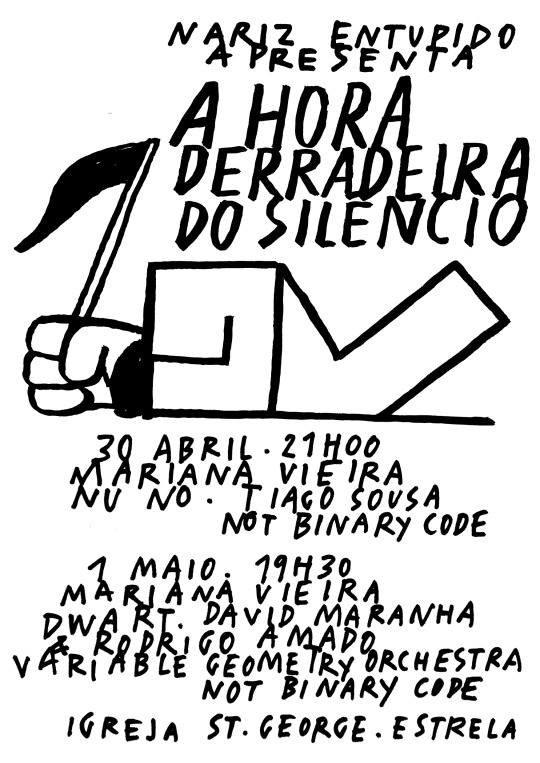
[2024] 30 de Abril | 'A Hora Derradeira do Silêncio' | Mariana Vieira | Nu No | Tiago Sousa | not binary code [instalação] | Igreja St. George
01 de Maio | 'A Hora Derradeira do Silêncio' | Mariana Vieira | Dwart | David Maranha & Rodrigo Amado | VGO - Variable Geometry Orchestra | not binary code [instalação] | Igreja St. George Cartaz [Bruno Borges]
#Nariz Entupido#Mariana Vieira#Nu No#Tiago Sousa#not binary code#Dwart#David Maranha#Rodrigo Amado#VGO - Variable Geometry Orchestra#Bruno Borges#Cartaz#Igreja St. George#Lisboa#'A Hora Derradeira do Silêncio'#Música#2024
0 notes
Text
Ben Quadinaros' Frustration

STAR WARS EPISODE I: The Phantom Menace - Deleted Scene: Complete Podrace Grid Sequence 06:37
#Star Wars#Episode I#The Phantom Menace#deleted scene#Complete Podrace Grid Sequence#Tatooine#Mos Espa#Mos Espa Grand Arena#Boonta Eve Classic#Ben Quadinaros#BT310 Quadra#Ben Quadinaros' Podracer#control pod#T-990 Mk. II turbofan#repulsorlift#Steelton control cable#quad-control cable#variable geometry thruster exhaust
0 notes
Text
Unfortunately I had algebra and trig and calculus installed into my brain since I was small so if u throw a geometry question at me i would have exploded.
#on the plus side I can do fast math i guess#but uhhhh math is fun when it’s calculations and stuff and variables and all that jazz#its like a machine and as stressful as it is it is so satisfying to piece together once u get it#but yea fuck geometry I cant stand geometry
0 notes
Text


(EPFL Swiss Plasma Center)
Tokamak à Configuration Variable, or TCV, is a Swiss research fusion reactor with an extremely elongated (tall and narrow) plasma vessel and a ton of independently controlled poloidal magnetic coils (orange, in the figure above). As the name implies, this means that it can shape fusion plasma into a wide variety of intricate configurations. TCV's ability to "sculpt" plasma has been instrumental in a ton of discoveries in nuclear fusion.
Negative triangularity (where the usual "D" shaped plasma points backwards, with the flat side facing out and the curve pointing to the center of the machine) is particularly interesting, as it allows for high confinement without a fluctuating plasma edge. Also a ton of advanced divertor geometries, like the snowflake divertor. Here are a few examples:

anyway,
337 notes
·
View notes
Text
variable geometry fighter

136 notes
·
View notes
Text
Alright the last poll was bad, so, here's a better one (please only pick one option)
(continued further)
61 notes
·
View notes
Text
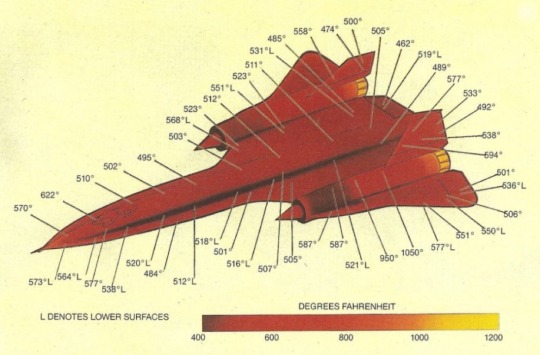

‘Flying at over Mach 3 is a thermal problem. Everything is too hot, including any air you slow down to interact with the vehicle. You are trying to make the vehicle (and the pilots inside) survive for hours in a pizza oven, while they are getting cozy with two 500 million BTU/hour flamethrowers,’ Iain McClatchie, an aviation and turbine engine expert
Quora.
‘When you look at a graph like this, your first impression might be that the vehicle is this glowing hot thing slicing through the icy -52 C air at 80,000 feet. So naturally, you think of the air as cooling the airplane down.
NO…Not so much. The air has to change to the vehicle’s speed to touch the vehicle, and that requires work. That work heats the air. At Mach 3.2, the stagnation temperature of the air is 740 F, which is hotter than every (labelled) point on the above graph! (The nacelles around the engine afterburners, unlabelled, are in fact hotter than the air around them
Basically, the shocks from the airplane heat the air around it, but the vehicle itself cools the air in contact with it down. Once the airplane passes by, all that disturbed air tumbles to a stop, leaving a path of hot air through the upper atmosphere.
‘So back to life in the pizza oven. The basic solution is (a) leave most of the airframe hot and make it out of stuff like titanium and stainless steel that are strong when hot, and (b) start with a large amount of cold fuel, and then dump heat from critical areas into the fuel before burning it. When decoupling from an aerial tanker, half the SR-71’s weight was fuel.
‘A special type of kerosene fuel, JP-7, was developed for the SR-71 to be good as a heat sink. It boils away at 285 C at 1 atmosphere pressure, which is the upper end of the kerosene range. When the plane tanked up at 30,000 feet, the kerosene might start below 0 C. At speed, it would be used to cool the avionics and cockpit, and by the time it arrived at the engine it would get up to 177 C. It was then used as hydraulic fluid for the various engine actuators, primarily the variable geometry nozzle. By the time it got to the fuel injectors it had gotten up to 316 C (but wasn’t boiling because it was at several atmospheres of pressure). At cruise the burner cans were at 330 kPa (about 3.3x the pressure at sea level), so the fuel still didn’t boil as it left the nozzles but the droplets would have evaporated very quickly.’
McClatchie continues;
‘JP-7 is mostly a mix of hydrocarbons centered around C12H26 (dodecane). The graph above shows the vapor pressure of dodecane as a function of reciprocal absolute temperature. That makes it a bit hard to read. 0.0024, for instance, is 417 Kelvin which is 143 Celsius. Liquids start to boil when their vapor pressure is greater than the ambient pressure. I’ve labelled the boiling point of dodecane at 2900 Pa, which is the absolute pressure at 80,000 feet, and 13000 Pa, which is the minimum absolute pressure in the SR-71 fuel tanks. Note that the dodecane component of JP-7 starts to boil at 162 C at sea level… quite a bit less than the advertised 285 C which is actually when the stuff boils away completely.
‘The flash point of JP-7 is 60 C. The fuel was held in tanks whose walls were formed of the skin of the vehicle. Since fuel vapor against the top skin of the vehicle would be well over 60 C during cruise, if air was allowed in any ignition source in the tank would cause a deflagration and destruction of the vehicle. Instead, nitrogen gas from a 260-liter liquid nitrogen dewar was used to pressurize the tanks. This would have mostly been an issue during descent, when the ambient pressure rose and extra gas was needed to fill the tank ullage space. Click on the full article to read more.
Written by Linda Sheffield
@Habubrats71 via X
#sr 71#sr71#sr 71 blackbird#blackbird#aircraft#usaf#lockheed aviation#skunkworks#aviation#mach3+#habu#reconnaissance#cold war aircraft
93 notes
·
View notes
Text
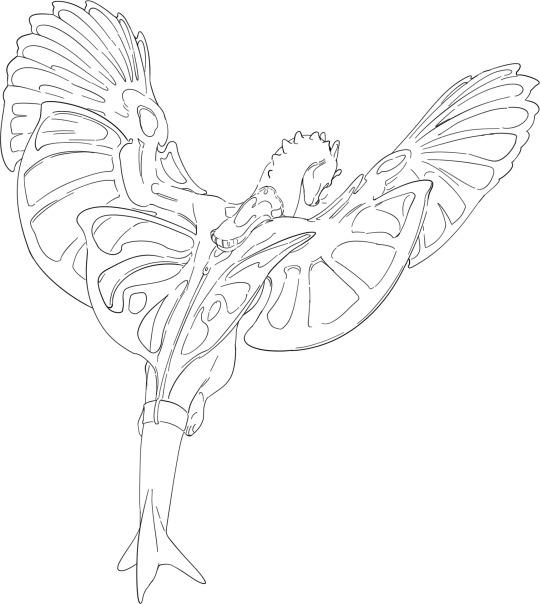
i wanted to post the green dragon lineart separately because i like the wings.. far from perfect but nice enough and a good look at the wingsails
all the sails have some degree of variable geometry (they can change shape by vascular contraction & expansion) but the propatagium/forward wingsail, the one in front of the elbow, is the most changeable, extending the leading edge to maintain lift at low airspeeds. similar to a bird's alula, this prevents stalling when coming in to land or when flying with a high angle of attack
#someone in the tags of the coloured pic was like oh cool u took flight dynamics into account. buddy u have no idea#dragonriders of pern#pern story
210 notes
·
View notes
Text

The Grumman X-29 Experimental Aircraft

The Grumman X-29 was an experimental aircraft developed by the United States in the 1980s, aimed at testing advanced aviation technologies. One of its most unique features was its forward-swept wings, which improved maneuverability and reduced drag. However, this design introduced significant aerodynamic challenges, such as the tendency of the wings to twist under stress. To address this, the X-29 utilized advanced composite materials, which provided the necessary strength without adding excess weight.

The X-29 was inherently unstable due to its forward-swept wings, necessitating a sophisticated digital fly-by-wire control system. This system allowed a computer to continuously make adjustments to keep the aircraft stable during flight. Additionally, the aircraft featured canard control surfaces, located in front of the main wings, which enhanced control and maneuverability, particularly at high angles of attack.

Another key feature of the X-29 was its variable-geometry engine inlets, designed to optimize airflow into the engine across different flight conditions. This design allowed the aircraft to maintain efficiency at various speeds and altitudes. Together, these innovative design elements made the X-29 a complex and advanced aircraft for its time.

The X-29 first flew on December 14, 1984, under the management of NASA and the United States Air Force. Two X-29 aircraft were constructed, and they accumulated over 400 test flights. These tests focused on exploring the aircraft's unique aerodynamic and flight control characteristics, providing valuable data on how forward-swept wings performed under various conditions.

The primary objective of the X-29 program was to investigate technologies that could be used in future fighter aircraft, with a particular focus on improving maneuverability and control at high angles of attack. Although the X-29 was never intended to enter production, the insights gained from its development contributed to future advancements in aircraft design.

While the X-29 did not see operational service, its legacy is significant. The technologies it explored, including forward-swept wings, composite materials, and digital flight controls, paved the way for innovations in fighter aircraft. Today, the X-29 is remembered as an important milestone in the study of unconventional aircraft designs and aerodynamics.

An interesting and lesser-known fact about the Grumman X-29 is that, despite its radical design, the aircraft reused components from existing fighter jets to save on development costs. Specifically, the fuselage of the X-29 was derived from the Northrop F-5A Freedom Fighter, and its landing gear was taken from the General Dynamics F-16 Fighting Falcon. This blending of cutting-edge technology with proven components from earlier aircraft helped keep the project within a more manageable budget, demonstrating a creative approach to experimental aircraft design during that era.

#responsive thoughts#aircraft#flight#experimental aircraft#x-series#military#jet fighter#x-29#forward swept wing
121 notes
·
View notes